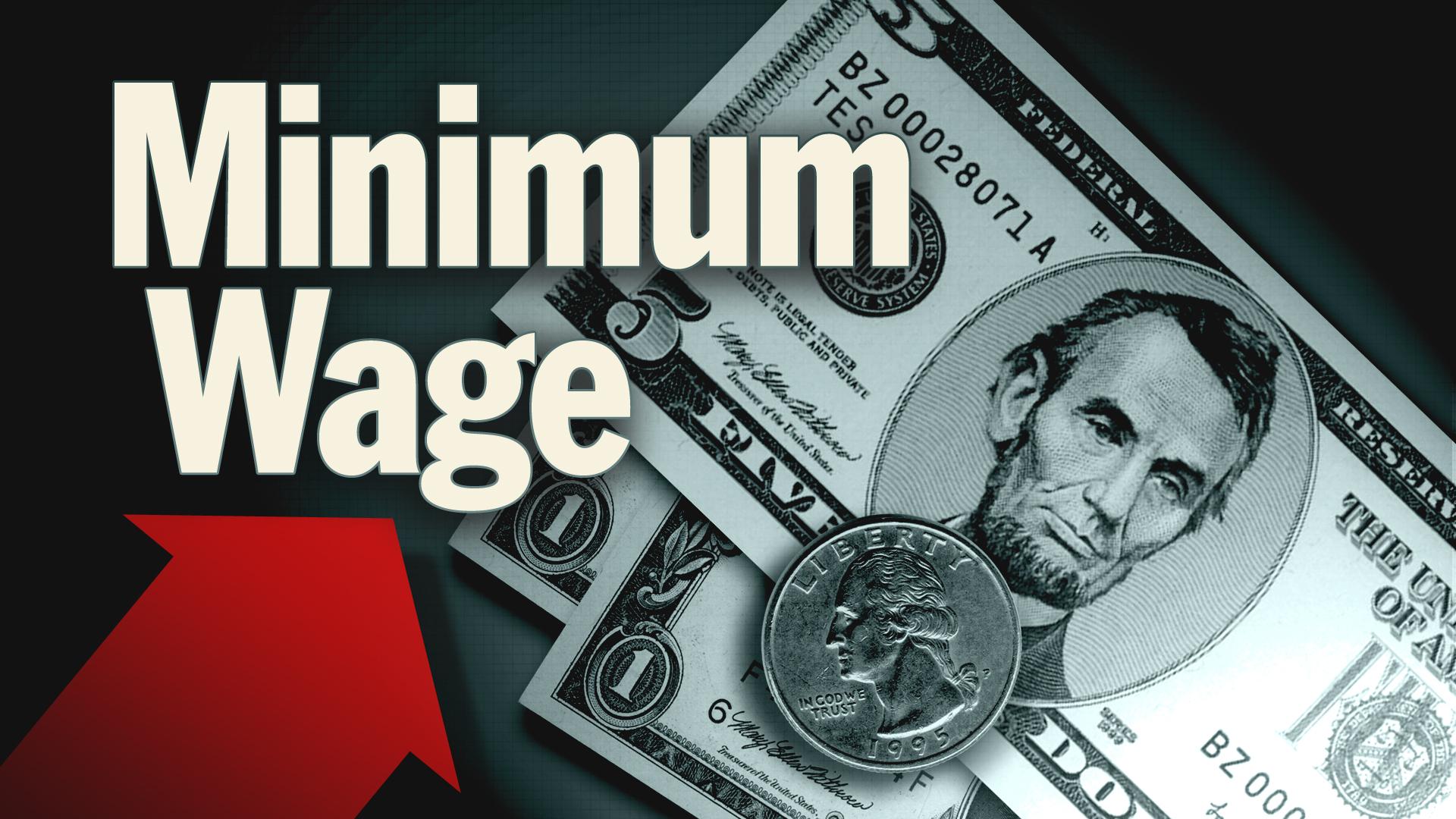
As 2015 winds down, it is important to keep in mind these important changes that will effect New York businesses the new year ahead. Failure to comply with these requirements could subject an uninformed employer to substantial liability.
Minimum Wage Increase
Effective December 31, 2015, New York State's minimum wage will increase a quarter from 8.75 to $9.00. Payroll changes must be made in advance, so this shall be a reminder for all employers.
Workers who are covered by New York's Hospitality Wage Order, their wages will now be raised to $7.50 an hour. The overtime rate for those receiving gratuities will be $12.00 per hour.
Please note that pursuant to the report and recommendations of the Hospitality Wage Board, food service workers (e.g., wait staff, bussers) and service employees (e.g., valets, bathroom attendants, coat check personnel) now are entitled to the same tipped minimum wage and overtime rate.
In addition, if an establishment is considered as a fast food provider, the minimum wage in New York City shall be $10.50, effective December 13, 2015. For employees in the rest of New York State, it will be $9.85 hourly.
New York is not the only region to increase minimum wages in 2016. See the chart below for the minimum wage increases for other states:


Notice of Rate of Pay
Pursuant to New York’s Wage Theft Prevention Act (WTPA), New York business owners must provide a “Notice of Pay” form to all employees upon a change in their rate of pay. For all employers outside of the hospitality industry, the New York State Department of Labor (NYDOL) has opined that it will not be necessary, as long as the new rate of pay is referenced in the employee’s next pay stub. Employers do not need to provide a new Notice of Pay as a result of the increase in the minimum wage.
However, hospitality employers are not so lucky. Because of the language of the Hospitality Industry Wage Order, hospitality employers must provide a Notice of Pay form to those employees who are affected by the increase to the minimum wage (including all tipped employees) on or prior to December 31, 2015. The notice must contain the following information:
- The employee’s normal rate(s) of pay and the basis thereof (e.g., hourly, shift, weekly, salary);
- If applicable, the employee’s overtime rate of pay;
- The employee’s regular pay day;
- Any allowances claimed against the minimum wage (e.g., tip credit, meal credit, lodging allowance, etc.);
- The name of the employer (including any “doing business as” name);
- The address of the employer’s main office and a mailing address (if different); and
- The employer’s telephone number.
The notice must be written and signed by both parties (employer and employee) and retained by the employer for at least six years.
The NY Department of Labor has sample Notice of Pay forms that employers can use. It is not required to use the NYDOL forms, but it is recommended since it will ensure full compliance with the NY law. You can find all of the sample forms available on the NYDOL's website.
The notice must also be provided in both English and the employee's native language (if not English), contingent upon if the NYDOL has created the Notice of Pay form in the employee's native language. English, Spanish, Chinese, Haitian Creole, Korean, Polish and Russian are the languages currently available on the site.
(Information courtesy of the NYC Alliance)
Looking to hire in Hospitality?
for real time job posts and industry news.










